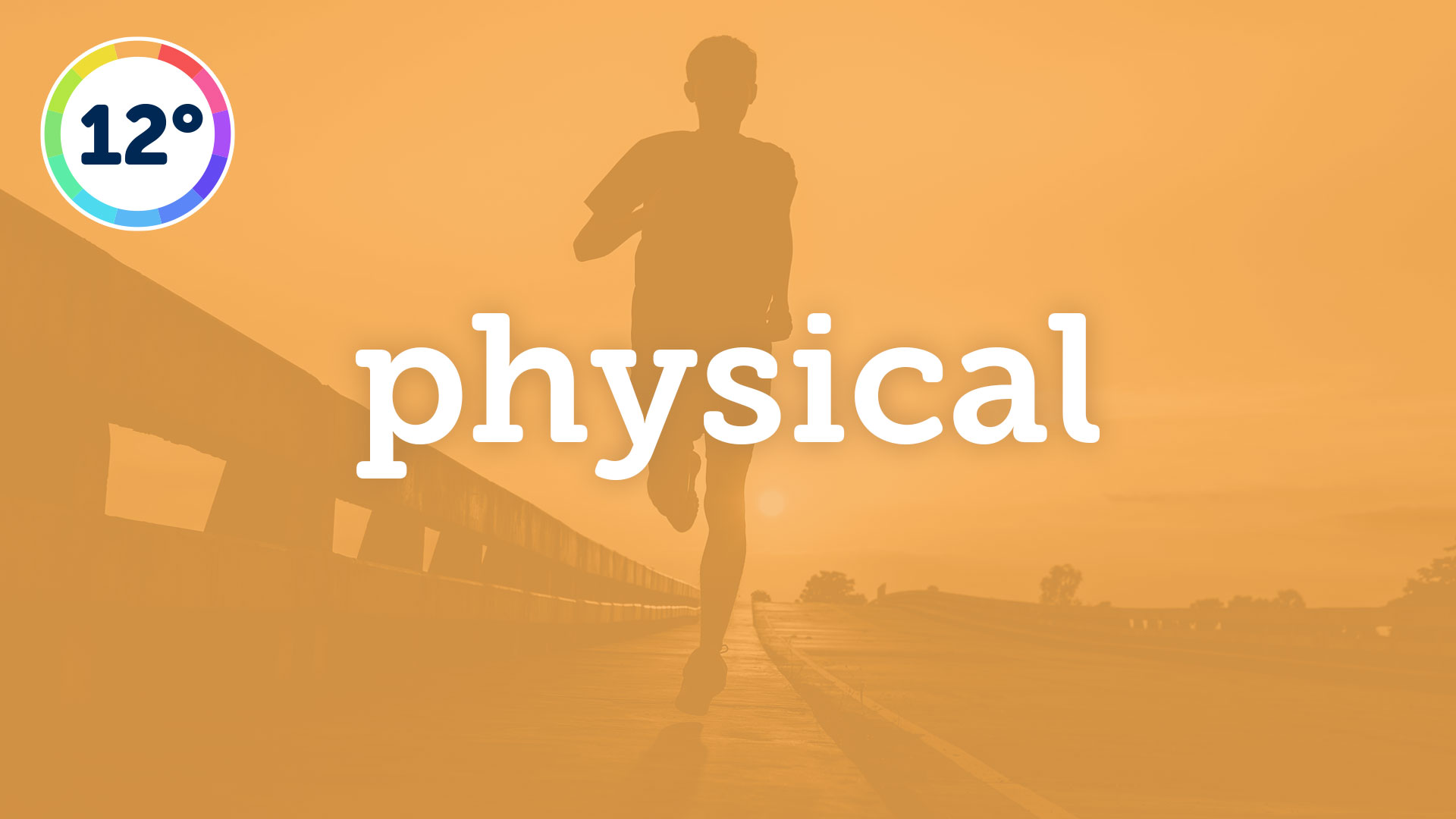
12 Degrees: A Wellness Podcast
Feelings, Freakouts, and Finding Your Calm: The Emotional Degree
Emotional wellness involves recognizing, expressing, and constructively managing emotions. It includes developing resilience, stress management, and seeking support when needed. Self-care, mindfulness, and fostering positive relationships are some of the practices that contribute to emotional well-being.
Lindsey, Deshna, and Christina explore the power of small, intentional acts of self-care and their impact on mental and emotional well-being. From creative expression to moments of mindfulness, they discuss how simple practices can offer comfort, connection, and resilience in everyday life. The hosts share personal stories of finding unexpected encouragement and reflect on how these seemingly small gestures can make a big difference. Tune in for a thoughtful conversation on honoring your well-being in ways that feel natural, meaningful, and sustainable.
Real-Life Strategies for Emotional Wellness:
Grow Emotional Awareness: Use a feelings wheel to name emotions and notice how they show up in your body—this builds self-awareness and resilience.
Set Boundaries: Boundaries protect your energy and support healthier relationships. Start by identifying situations where you often feel drained and ask what you need.
Practice Gratitude: Just 15 minutes a day, five days a week can boost mood, reduce anxiety, and even benefit heart health. Try writing down one good thing from your day.
Reframe Your Thinking: Shift “I failed” to “I learned something,” or “I have to” to “I get to.” Language shapes our emotional responses.
Journal Regularly: Freewriting or structured journaling (like gratitude entries) helps process emotions and reduce stress.
Use Grounding Techniques: Try the 5-4-3-2-1 method, ear massage (stimulates calm), or leaning against a wall for sensory support.
Incorporate Scent: Essential oils like lavender or bergamot can quickly calm your nervous system and enhance emotional balance.
Repeat Affirmations: Positive self-talk like “I am capable” helps rewire negative thoughts and build confidence.
Be Self-Compassionate: Treat yourself like you would a friend. Practice kindness, mindfulness, and remember you’re not alone in struggling.
Display a Childhood Photo: Seeing yourself as a child can soften self-criticism and encourage self-compassion.
Spread Kindness: Small gestures—like leaving a painted rock with a kind message—boost your mood and create ripple effects in others’ lives.
Create Shared Emotional Wellness Spaces:
- Set up a mental health bulletin board in your school, workplace, or library.
- Normalize honest conversations by checking in with how people really feel.
- Lead with emotional honesty—share small truths to invite deeper connection.










